Observation Balloons
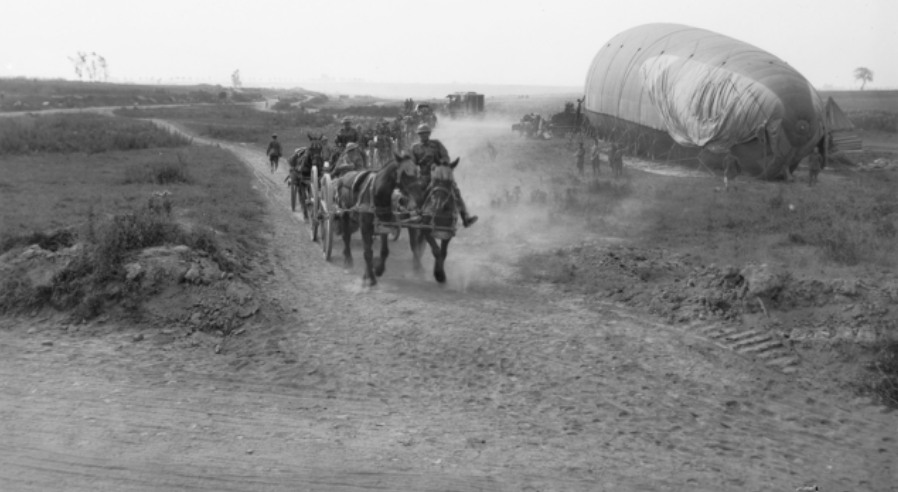
Waler Data Base @ FaceBook. Image: Transport of the 2nd Australian Infantry Brigade on their way to the rest area, passing an observation balloon at its moorings near Harbonnieres. 16th August 1918, AWM
Observation Balloons. .. slightly off topic but why not… horses in WW1 became familiar with giant observation balloons – these were captive balloons, meaning tied to a stationary object such as a waggon or truck with the winch.
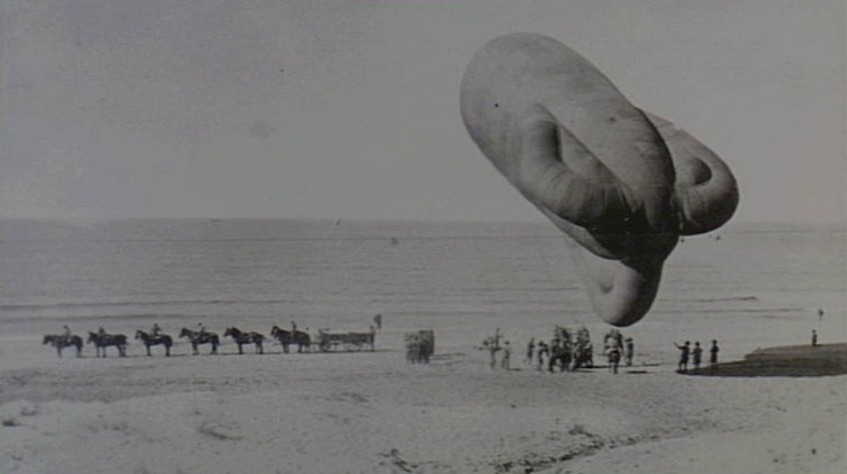
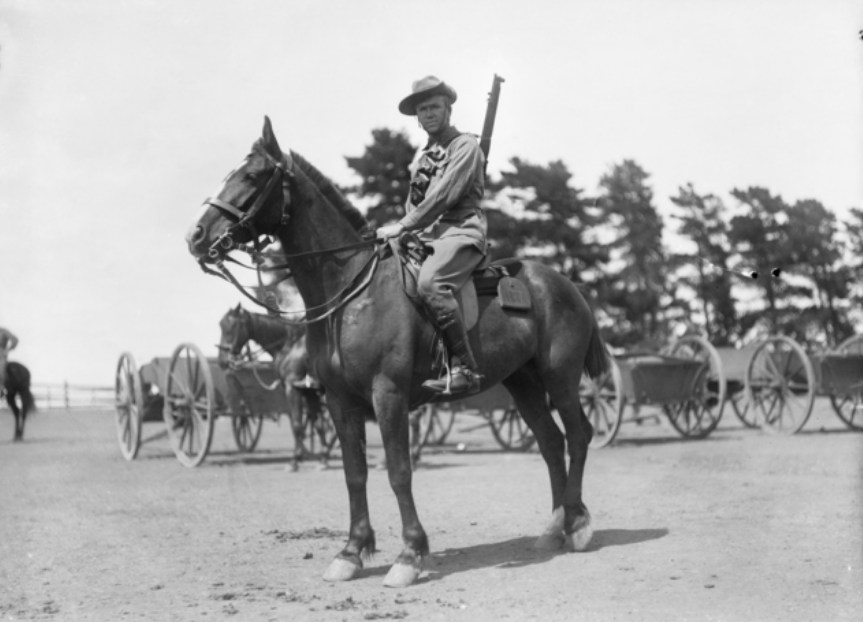
AWM Images: Gaza, Palestine. c. 1917; Portrait of H Watson on horseback, identified as 523 Sapper (Spr) Herbert Gilles Watson, a clerk from Sydney, NSW (born in New Zealand), prior to enlistment. Spr Watson embarked from Melbourne with the 2nd Signal Troop, 2nd Light Horse, aboard HMAT Borda (A32) on 22 October 1914. During his service Watson was commissioned Lieutenant and Temporary Captain and transferred to the Australian Motor Transport Unit then the Australian Flying Corps (AFC). He served as a Flight Commander with No. 4 Squadron and was awarded the Distinguished Flying Cross in 1918. Whilst on offensive patrol he encountered several Pfafz scouts, one of which he shot down. He has also in three weeks shot down four enemy machines and destroyed a balloon, attacking the latter at 6,000 feet, following it down to 1,000 feet, when it burst into flames. Lieutenant Watson returned to Australia on 21 November 1918. After the war Herbert Watson was stationed at Point Cook.
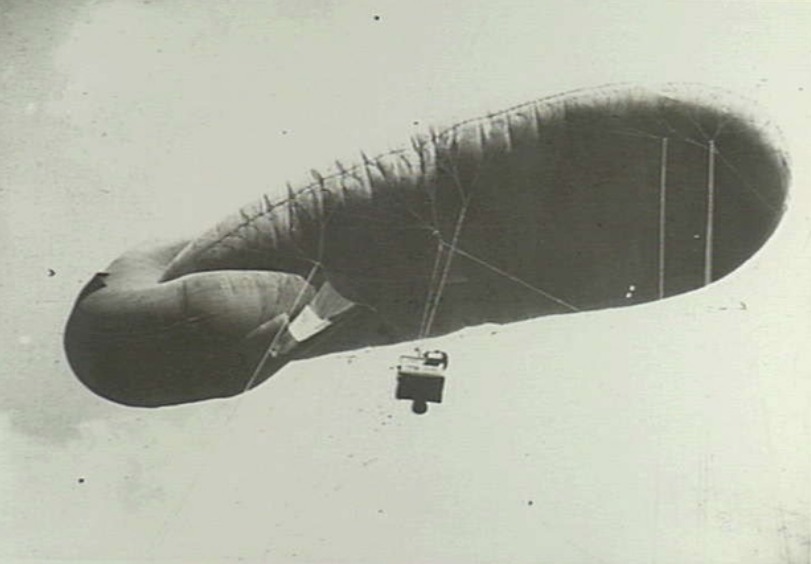
They were all hydrogen balloons. Early in the war the Germans had the best sort, named Drachens. Everyone hurriedly copied them, then an improved version with big fins was invented by Captain Cacquot of the French army. In fact they became known as the Cacquot. Good word! Everyone including the Germans quickly copied these.
Image: Launching French Observation Balloon, AWM
Also known as captive balloons, kite balloons – as they were controlled by a string from the ground – and as sausage balloons, as that’s what they looked like. “Roasted sausage” when shot down, was a call from planes.
One captive balloon went 20 miles in 1918, the longest known flight.
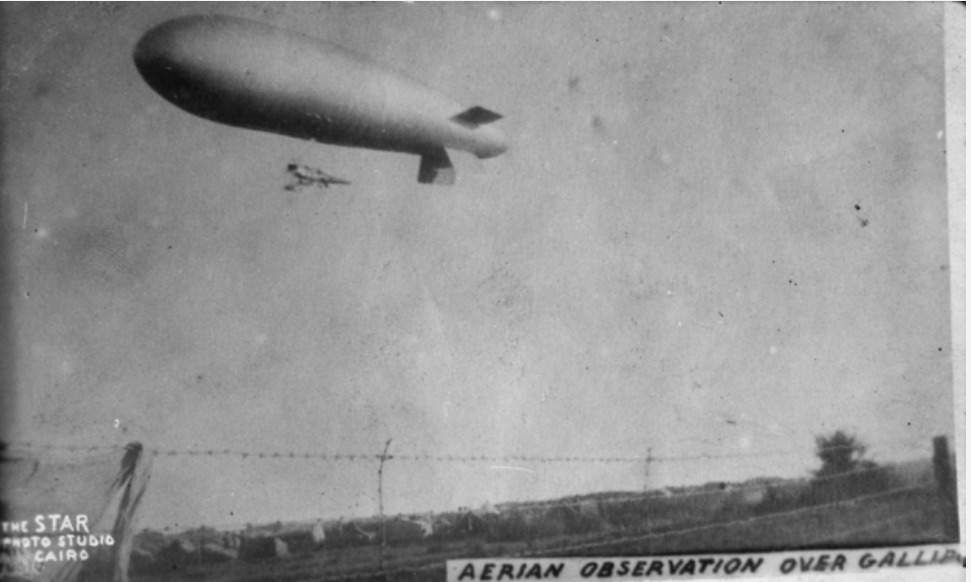
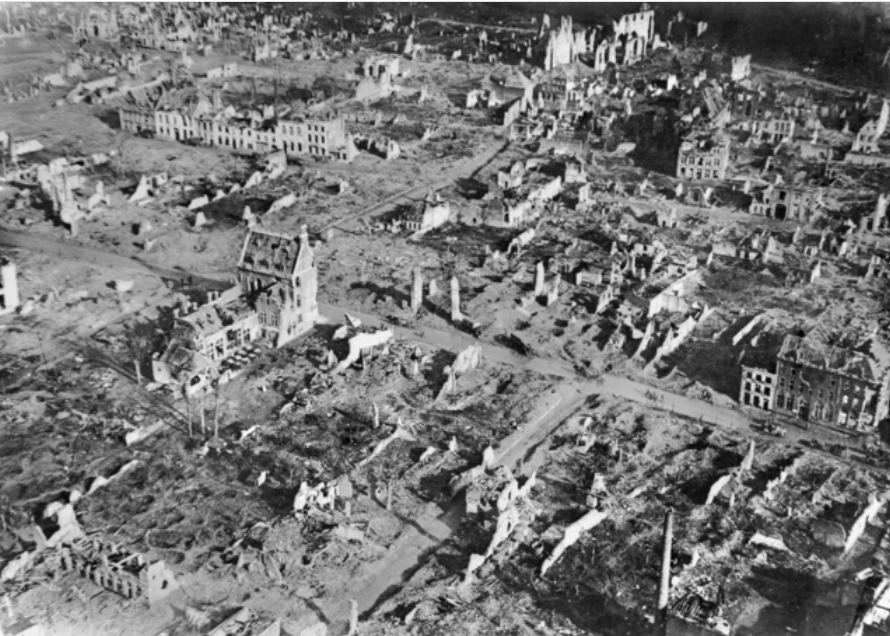

AWM Images: Gallipoli, Turkey, 1915; An aerial view of Ypres taken from an observation balloon, showing the shell holes, debris and remnants of the demolished city. 31st October 1917; De Saul, 1917. Members of 107th Howitzer Battery near De Saul. A kite balloon is overhead in the sky. The men are travelling by foot, bicycle and horseback. Along the ditch on the side of the road is a telephone wire.
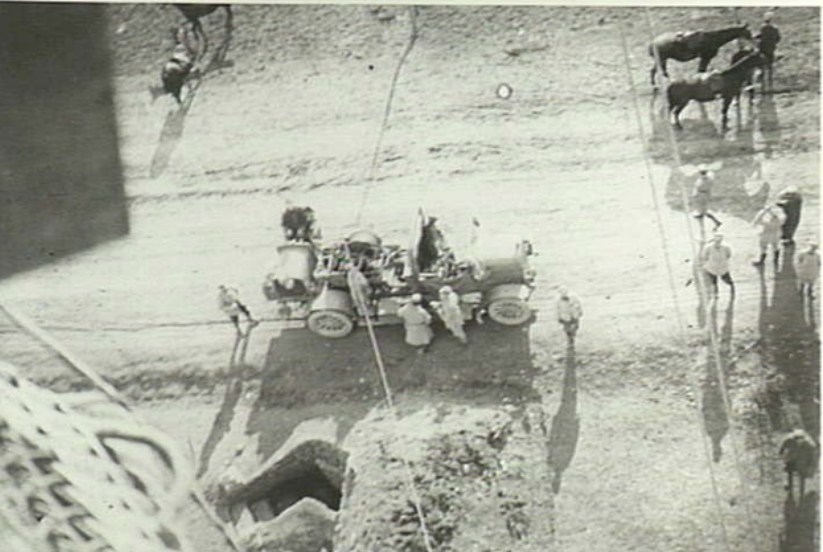
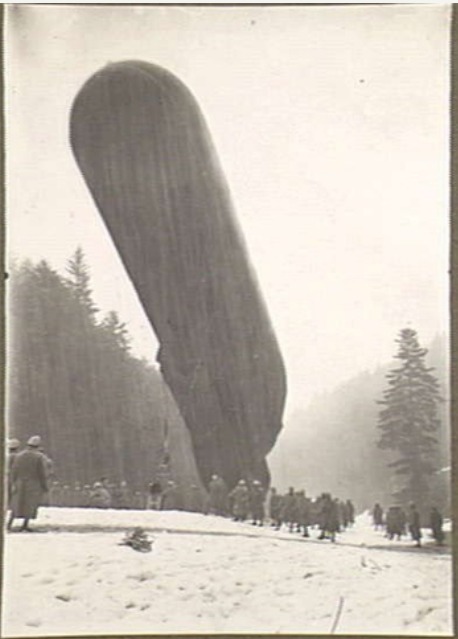
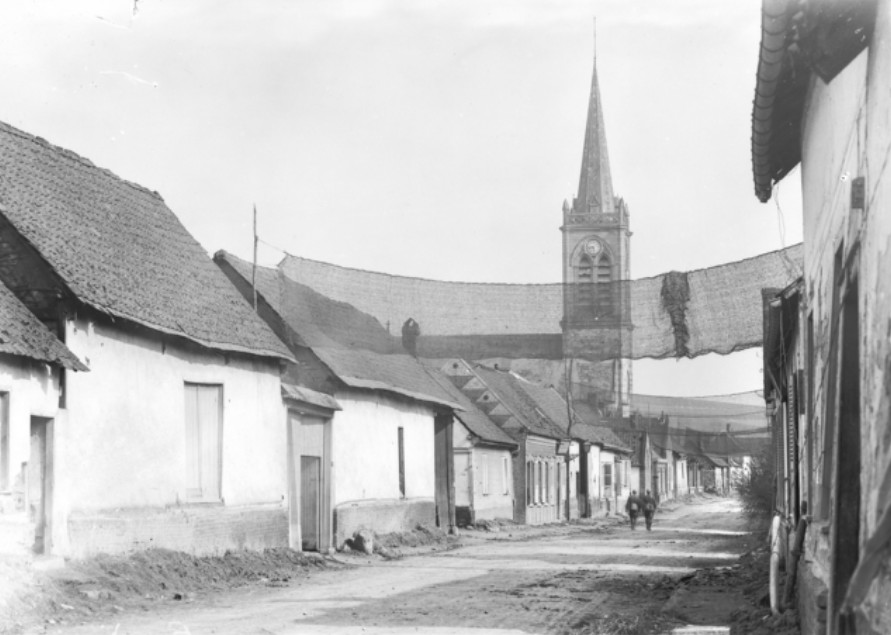
AWM Images: Winch vehicle seen from French Observation Balloon basket; Manourvre of balloon in snow 03/03/16; Strips of camouflage hung across a street to prevent enemy observation from balloons. Bonnay and other villages in the vicinity were heavily shelled, mostly with gas, on 24 April 1918, during the German attack on Villers-Bretonneux.
The Americans also had well trained balloon men, one of their observers was shot down four times. Once shot down they were given 48 hours leave in Paris to get their mind off it, then sent back up again.
Image: An American observation balloon above the River Rhine at Coblenz, taken from a fort occupied by American troops. C. 1919, AWM
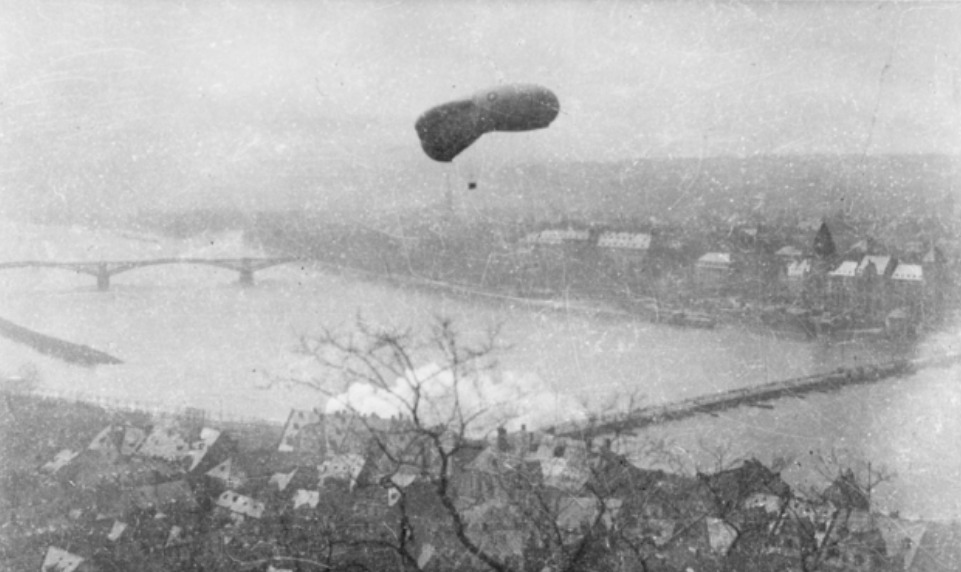
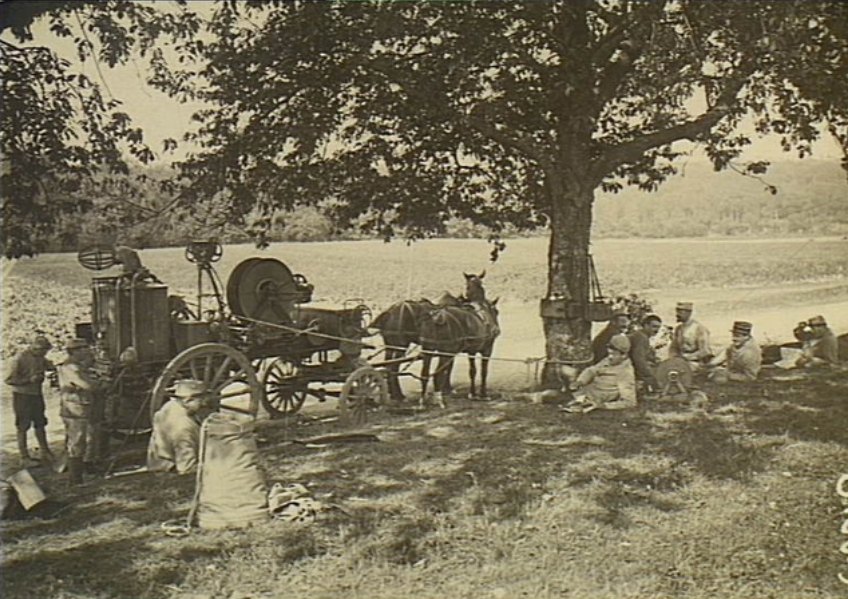
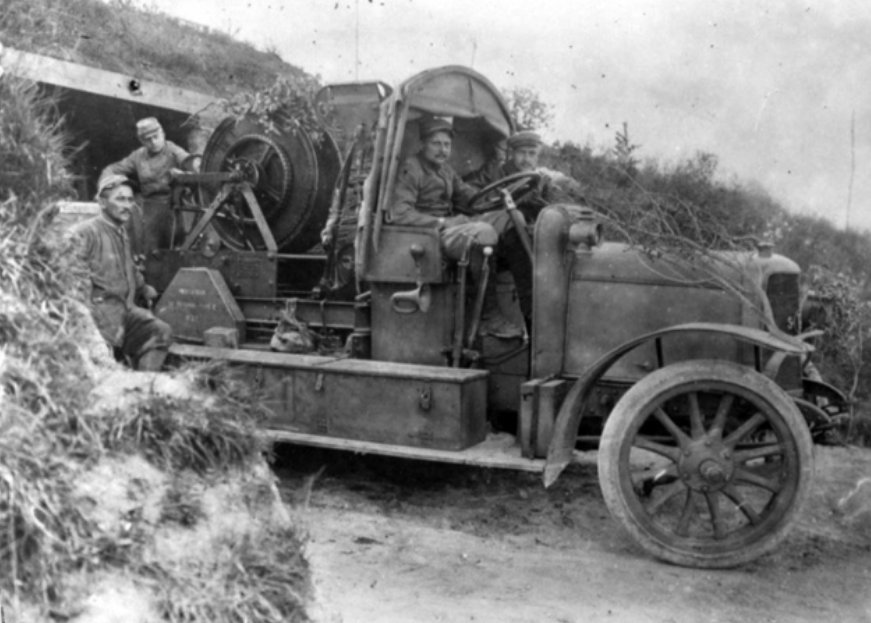
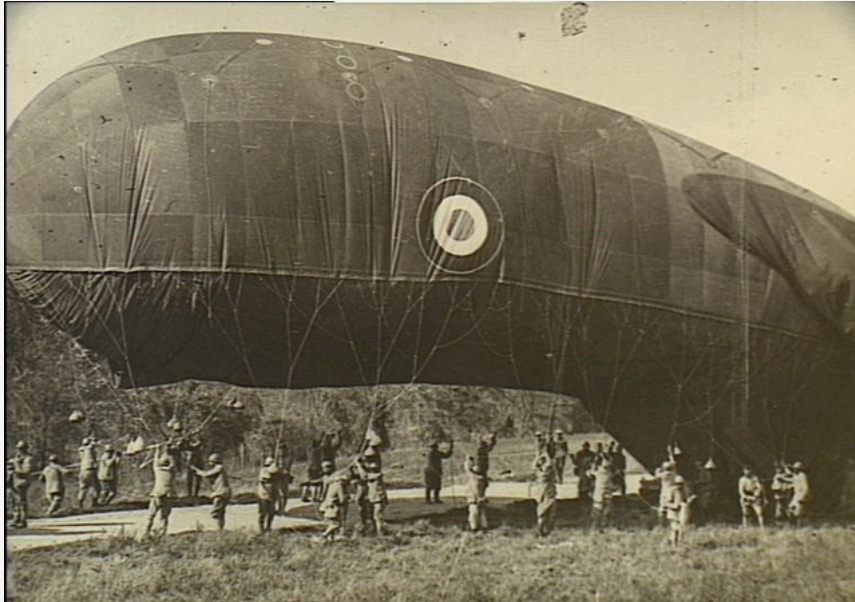
AWM Images: Alsace, France. c. 1917. French soldiers resting around a machine which controls a sausage observation balloon operating over the front lines, Marne, France. 1918-09-01; French balloon winch truck; French Army ground crew handling an observation balloon about to ascend near Fismes
The balloon was very dangerous – being highly flammable – filled with hydrogen gas – no smoking anywhere near one, and if shot by ground-fire or a plane, they burned in a spectacular fashion. The observer was almost always able to escape by jumping out, then counting to five slowly as he fell, then pulling his parachute open. Some observers had many such escapes.
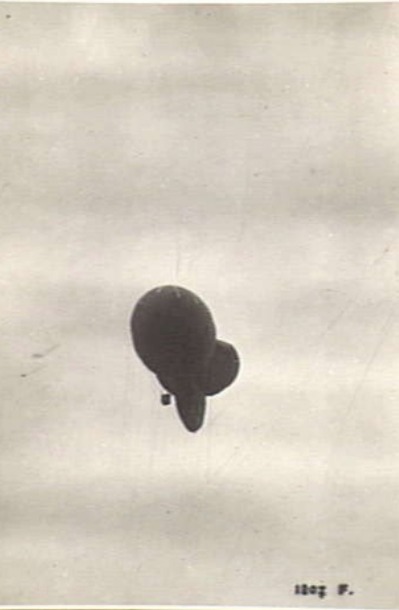
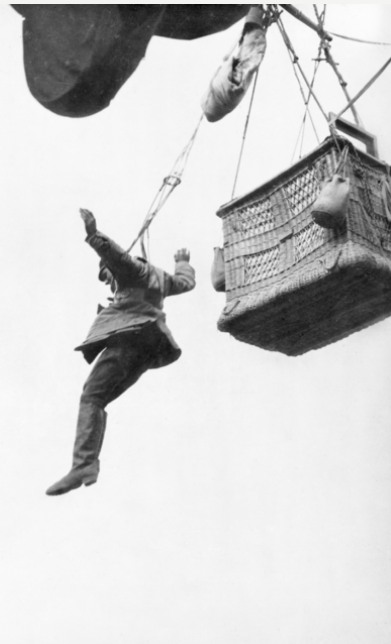
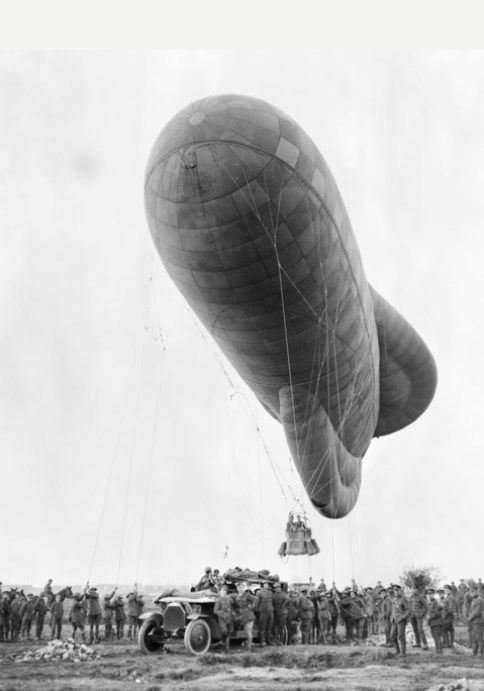
AWM Images: An Italian Observation Balloon similar to the one developed by Captain Cacqot of the French Army; Western Front. c. 1918. A German soldier jumping from his observation balloon. German observers followed this procedure when their balloon was attacked by Allied aircraft; An observation balloon ascending near Ypres. Note the soldiers on the ground are controlling the balloon using ropes. 31st October 1917.
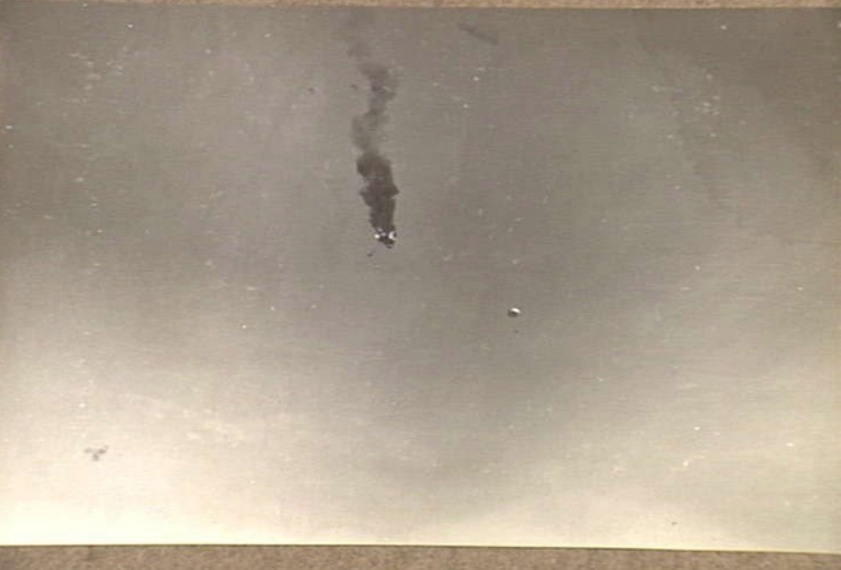
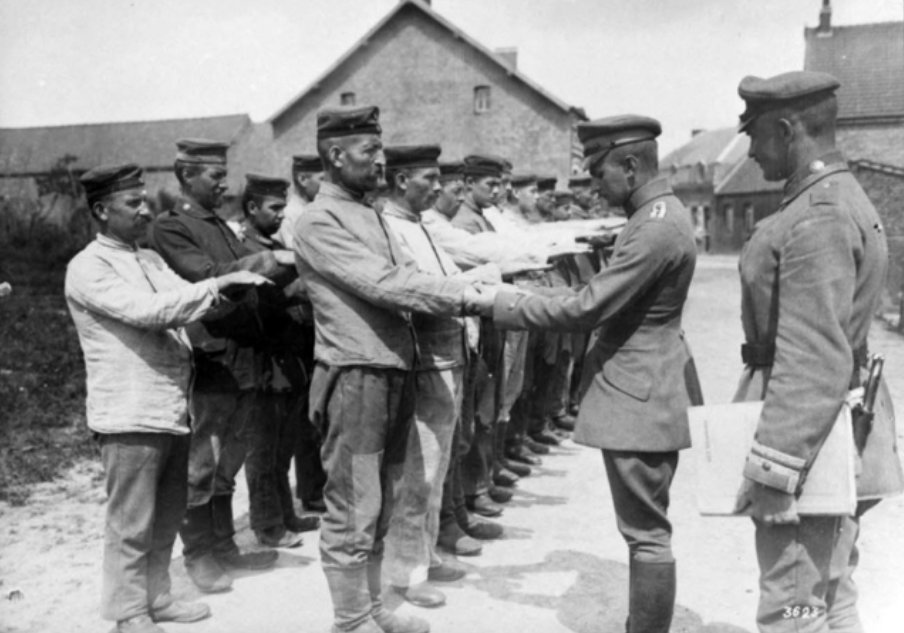
AWM Images: 1919-08. A British Observation Balloon falling in flames after being attacked by German airmen, near Villiers-Bretonneux. The parachute of the observer can be seen to the right of the balloon; Crew members of a German observation balloon unit having their finger nails inspected. Finger nails had to be cut to regulations to prevent damage to the delicate fabric of the balloon cover during handling.
Free balloons – not tied down – were mostly used for spreading propaganda – the Allies dropped thousands of leaflets over bits of France telling everyone what good eggs they were, balloons being more efficient for this than planes. The leaflet-tosser jumped out at some stage due to free balloons being difficult to control, and had a long walk back to where he came from. Sometimes a cross-country rider was sent to follow him and pick him up as he wasn’t expected to stay in the basket for long.
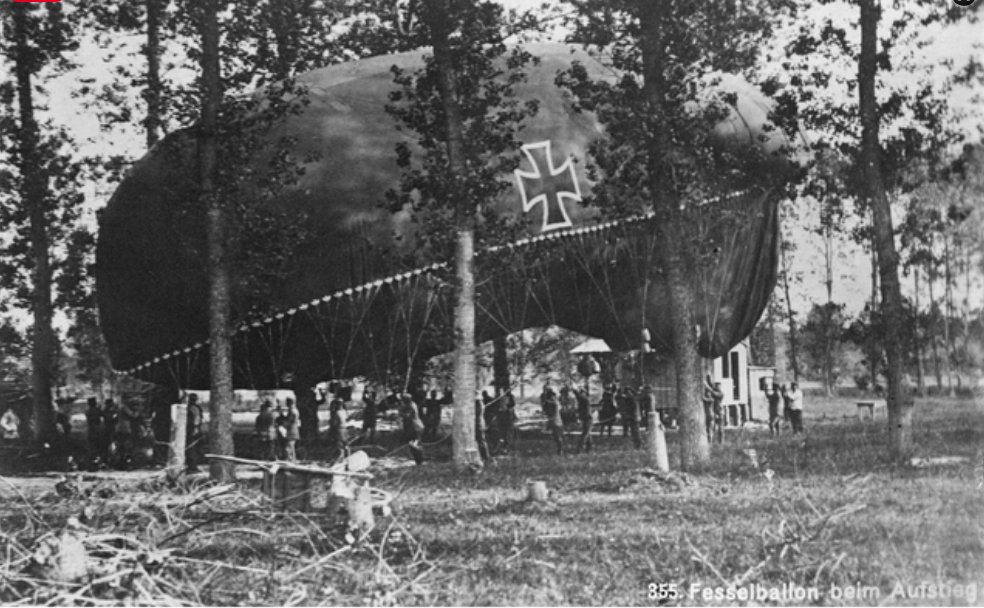
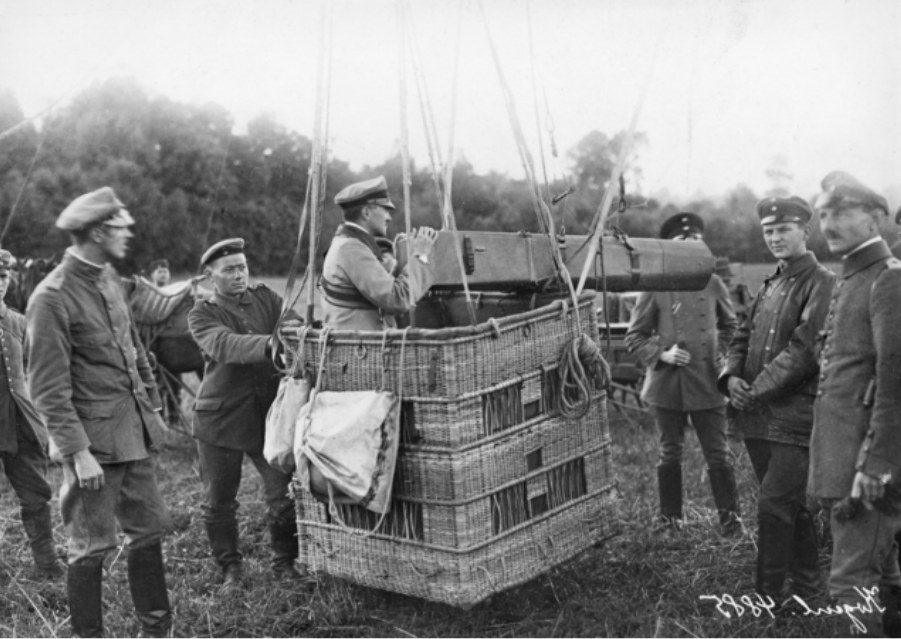
AWM Images: German balloon in wood prior to take off; c. 1916. A German observatiion balloon fitted with a long distance camera about to ascend with one observer in the basket. The observer’s escape parachute can be seen attached to the outside of the basket.
The other types of balloons used were dirigibles – again for observation, particularly behind enemy lines as they were free, not tied to the ground – a very risky business – and zeppelins, mostly used for dropping bombs – also risky business. All were very easy targets.
Most countries that took part in WW1 had Observation Balloons. Photos from the Australian War Memorial, all WW1; and the German War Museum kindly gave many photos to ours.
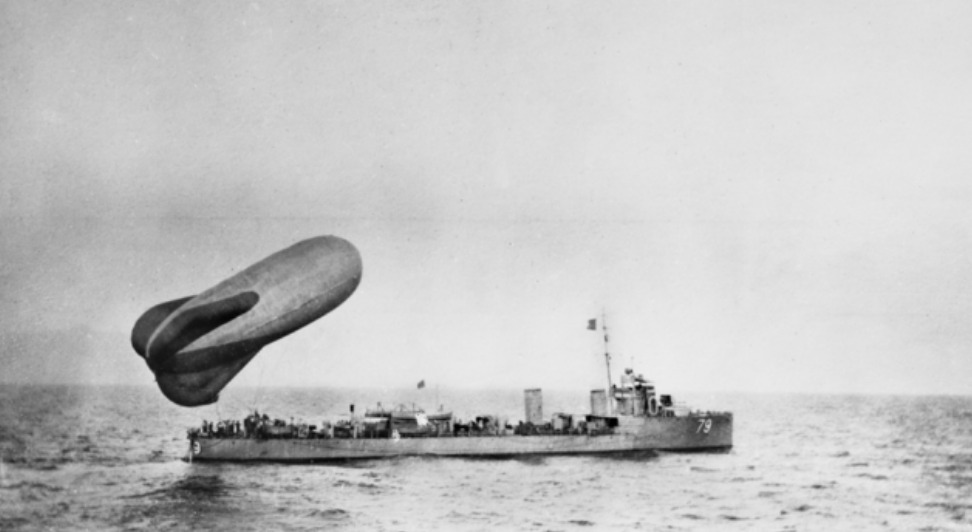
Most navies then had these big observation balloons. Lots of great photos!